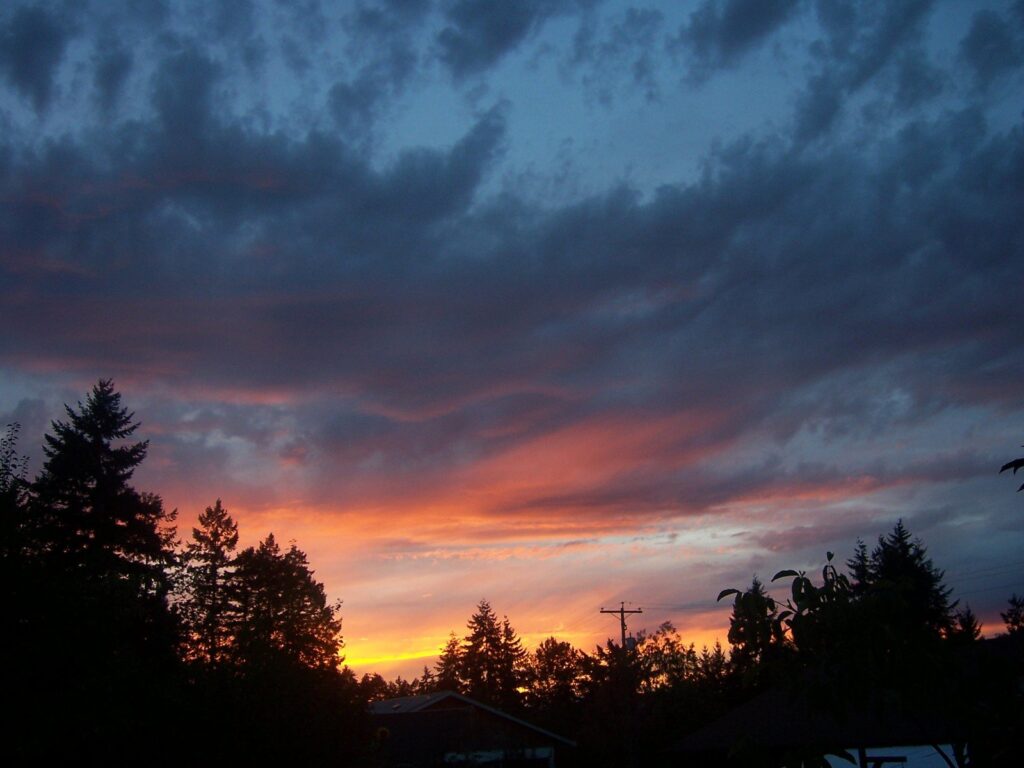Since the renewable energy sector, especially the solar energy sector, is still very new, people still have many questions about photovoltaic modules. One of them is“Do solar panels always need direct sunlight?”.

A quick answer would be “No, it doesn’t need it”. In this article we will talk about the relationship between the energy production of photovoltaic modules and the sun and weather.
When the sunlight hits the PV module at a 90° angle, the PV module produces maximum energy. Positioning and angle are therefore very important for solar devices. In the northern hemisphere, solar panels should be oriented to the south to produce the most energy. The tilt of the PV modules will give efficient results at values close to the latitude of the project location.
But photovoltaic modules do not need direct sunlight to work. Even if it is overcast and covered by dark clouds, photovoltaic modules still generate energy.
As the sun emits radiation at different wavelengths, in addition to the rays visible to the human eye, it also contains invisible rays. These invisible rays pass directly through the clouds and enter the photovoltaic module. As long as it is daytime, photovoltaic modules continue to generate energy. Therefore, photovoltaic modules will continue to produce energy even when they are not in direct sunlight.
However, in the case of continuous shade, both the lifespan of PV modules is shortened and energy production can drop by up to 75%.
They usually divide the modules into three or four sections. If the cell in one section is blocked, the diode does not affect the other sections. For example, in a 330W photovoltaic module, if one solar cell is blocked, the four-diode solar cell loses only 25% of its power. A three-diode solar panel loses a third of its output.
If the modules are connected in series and a series inverter is used, the PV module under shade can become a problem. The poor performance of one panel will negatively affect the power production of the other panels. To avoid this situation, you can use a microinverter or combine the series inverter with the power optimizer of each panel.
On cloudy days, the performance of solar panels is reduced by 10-25%. However, in cities and towns that do not have enough sunlight, it can still make sense to utilize solar energy because the profitability of solar photovoltaic systems depends on the price of electricity: the higher the price of electricity, the shorter the payback period of the solar investment.
With technological advances in solar systems in recent years, efficiency can be as high as 95% even when it is cloudy. A good energy conversion rate in cloudy conditions can quickly recover the cost of your solar panels, even in places where it may not seem like a good idea.